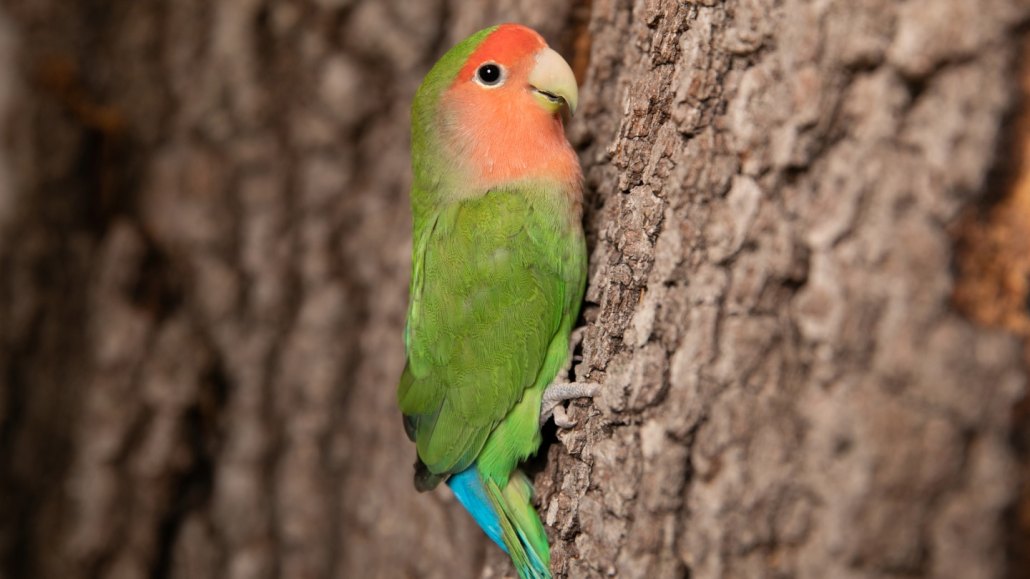
Parrots, such as this rosy-faced lovebird (Agapornis roseicollis), can travel along thin branches using “beakiation” — a side-swinging motion that involves their beaks and feet.
Steven Gaines

Parrots, such as this rosy-faced lovebird (Agapornis roseicollis), can travel along thin branches using “beakiation” — a side-swinging motion that involves their beaks and feet.
Steven Gaines